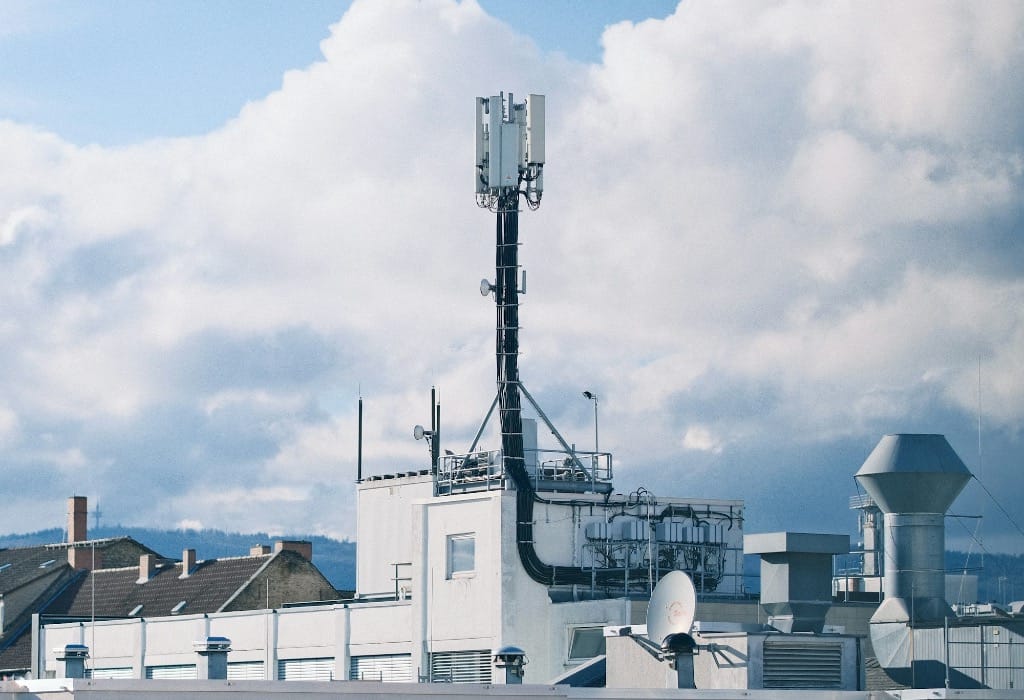FCC Looking to Modernize CBRS, Seeks Comment on Increased Power Levels
The agency proposed codifying the use dynamic protection areas.
Jake Neenan

WASHINGTON, August 19, 2024 – The Federal Communications Commission is looking to modernize its rules for its spectrum sharing framework. The agency sought comment Friday on a proposal to codify current means of preventing interference, among other changes, plus an open-ended inquiry into increasing power levels in the band.
The Citizens Broadband Radio Service (CBRS) used a tiered licensing system, with incumbent government users, priority license holders, and general access users sharing 150 megahertz of spectrum in the 3.5 GHz band.
Each tier gets preference over the one below it, meaning a general access user cannot, for example, interfere with a priority licensee. Priority licenses were auctioned in 2020, and companies like wireless broadband providers can use the spectrum for free on a general access basis.
The adopted notice cited a report claiming more than 370,000 CBRS devices were in service at the end of last year across 1,000 operators.
The current means of protecting Defense Department radars involves “dynamic protection areas,” which get activated when military systems come online and kick off commercial users. The agency recently made changes that shrank the size of those areas and expanded uninterrupted coverage to millions of consumers.
That system – used by all current systems that control CBRS access – was instituted by a 2018 waiver from a more rigid protocol, and the FCC is looking to make the DPA method mandatory for all current and future such systems.
The agency also noted that there has been some disagreement on whether to raise the maximum power levels in the CBRS band and sought input on whether or not to allow higher power devices.
The major wireless carriers have been pushing the FCC to raise power levels in the CBRS band, which would make the spectrum more suitable for widespread 5G coverage. The 3.5 GHz band sits right in the midband range, considered an ideal combination of speed and coverage area for 5G.
Cable companies, which use CBRS spectrum to offer some broadband and mobile service, favor keeping power levels low to prevent interference from larger carriers.
“We encourage the FCC to reject calls to raise power levels, which would fundamentally alter the nature of the spectrum,” said a spokesperson for Spectrum for the Future, a spectrum sharing group that includes consumer groups and cable companies.
Commenters that support higher power levels were encouraged to submit analyses that “address the impact of higher power CBSDs on the wide variety of Citizens Broadband Radio Service operations that have already been deployed in the 3.5 GHz band in reliance on the current rules,” the agency wrote.
The proposal also sought comment on a number of other changes, including harmonizing federal protection methodologies with the adjacent 3.45 GHz band, mandating a scheduling portal for certain dynamic protection areas, and other modernization efforts. Comments will be due 30 days after the item’s publication in the federal register.










Member discussion